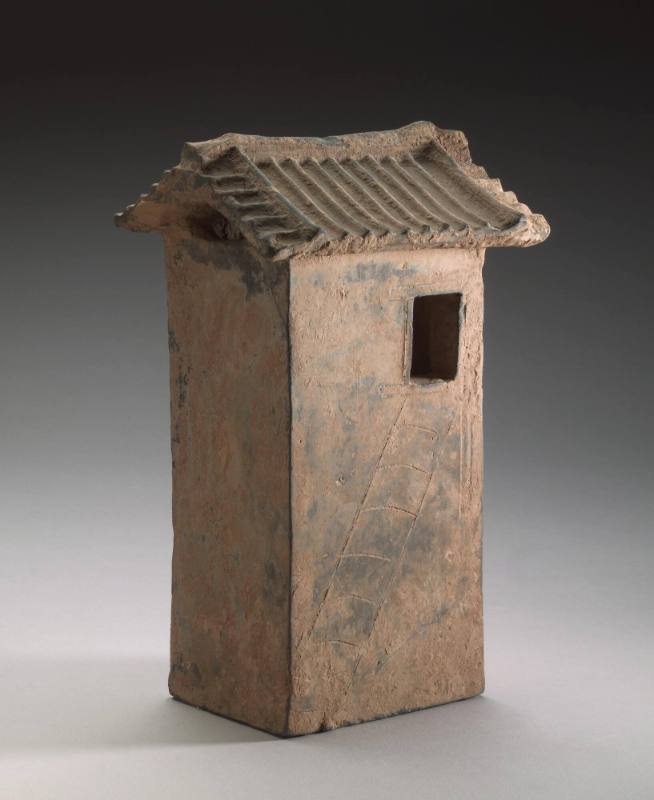Gene Brabant
(Cree, born Victoria, British Columbia, Canada, 1946)
Kwakwaka’wakw Sun Mask

Object Details
Artist
Gene Brabant
Date
20th century
Medium
Painted and carved wood, inlaid with copper
Dimensions
Height: 13 inches (33 cm)
Credit Line
Gift of Noyes Huston, Class of 1932, and Margaret Huston
Object
Number
74.022.006
BRIEF DESCRIPTIONThis Sun mask, made by artist Gene Brabant, has a bird-like face surrounded by styl(…)
BRIEF DESCRIPTIONThis Sun mask, made by artist Gene Brabant, has a bird-like face surrounded by stylized sun rays made of copper.WHERE WAS IT MADE?This mask was made in British Columbia, Canada.WHO WAS THE ARTIST?Gene Brabant was born in Victoria, British Columbia, Canada in 1946. Watching Native artists Mungo Martin and Henry Hunt at work on the Thunderbird Park restoration project at the Royal Museum of British Columbia inspired Brabant to become a traditional carver at a young age. He replicates the carving styles and motifs of a few different indigenous North West Coast groups, including the Kwakwaka’wakw.HOW WAS IT MADE?This mask was carved from wood, likely with hand tools, and painted.HOW WAS IT USED?Traditionally, Kwakwaka’wakw masks are worn during dance ceremonies that take place during the potlatch. Potlatch celebrations used to fill three to four days. Now, most celebrations take place in one day. The potlatch is an opportunity for communities to come together to celebrate weddings, commemorate the recently deceased, honor their leaders, and exchange gifts. The family that hosts the potlatch gives away numerous gifts, as a demonstration of their wealth and in the spirit of sharing this wealth with others.WHY DOES IT LOOK LIKE THIS?The Kwakwaka’wakw believe that the first people were created when various supernatural beings (including the Sun, Seagull, Grizzly Bear, and Thunderbird) took off their masks and became human. Each Kwakwaka’wakw group descends from one of these different creator/ancestors.This is a traditional Kwakwaka’wakw sun mask with embellished rays. In traditional Kwakwaka’wakw masks, such as this one, animal and human forms are often quite realistic, in part due to the three-dimensional effects achieved through deeply cut carving, which you can see exemplified in this mask. Attachments, such as fins, beaks and wings are another characteristic of their style, which leans towards as much true representation of the subject as possible.












